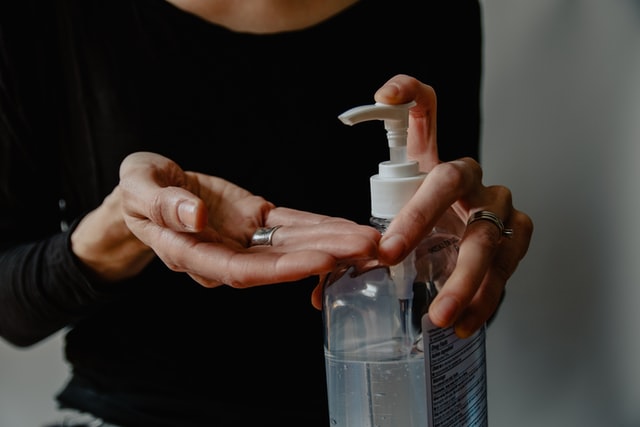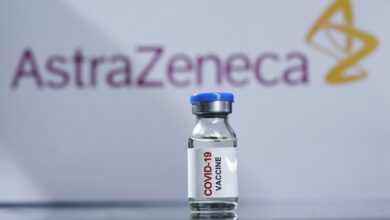Recall of Potentially Dangerous Hand Sanitizers

The appearance of COVID-19 has made many people take extra precautions to protect the health and safety of themselves and their family. Regular hand washing and wearing face masks in public have become second nature. Hand sanitizers are also in frequent use when people do not have access to soap and water, especially when out in public. Many people take most items at face value, expecting the product to work as it is intended and to be safe for use. Unfortunately, there is a specific group of hand sanitizers that have been identified as potentially harmful to users.
The Warning
After the Food and Drug Administration identified nine specific hand sanitizers, the Mexico-based manufacturer was contacted to remove them from the market. These nine hand sanitizers, produced by Eskbiochem, are: four versions of CleanCare NoGerm Advanced Hand Sanitizer with labeled levels of alcohol content between 75% and 80%, Lavar 70 Gel Hand Sanitizer, Saniderm Advanced Hand Sanitizer, Esk Biochem Hand Sanitizer, The Good Gel Antibacterial Gel Hand Sanitizer, and All-Clean Hand Sanitizer.
Testing samples of CleanCare and Lavar showed the hand sanitizers contain a chemical substance called methanol. This chemical is extremely toxic and requires only small amounts to cause damage. Hand sanitizers should not contain any amount of this chemical, even in the smallest amounts. Effects from poisoning can occur rapidly, but in smaller exposures those effects may not cause alarm for people.
The Dangers
Methanol is a type of wood alcohol. It is a common additive in antifreeze, windshield washer fluid, and certain fuels such as natural gas. In a hand sanitizer, this chemical can be absorbed by the skin. Once through the skin, it enters the bloodstream and is carried through the body.
Initial signs include skin irritation. Toxic effects include vomiting, blurry vision, seizures, and permanent damage to the nervous system. Heavy poisoning by this chemical can occur with the smallest amounts, and can destroy the optic nerve, leading to permanent blindness. Kidney damage can also occur.
One use is dangerous, but repeated use is extremely dangerous. People of any age are at risk for poisoning, but accidental ingestion by children – often by putting their hands in their mouths – can commonly occur.

Most Wanted Men's Comfortable Walking Shoes in 2024!
Ad -walkjoyful
The Right Choices
Hand sanitizers, regardless of the brand, should contain isopropanol at 70% concentration. More commonly, sanitizers with ethanol alcohol at 60% concentration may also be used. Sanitizers that claim other active ingredients may not be effective and could be potentially harmful. Read the labels on the containers thoroughly. Some varieties will also have skin additives, such as aloe, that are not harmful.
The FDA’s Job

Anaphylaxis Alert: Understanding and Managing
Ad -Search sedo| Anaphylaxis
The main purpose of the Food and Drug Administration is to monitor drugs and specific foods to ensure they are sanitary, safe, and labeled properly. This organization works to regulate veterinary and human medical devices, medications, and foods by ensuring they do not contain radiation or other dangerous ingredients. Products are required to be submitted to the FDA for approval before they can be sold to consumers. Part of this job is to randomly test samples of products to be sure that the ingredients listed on labeling are actually in the product, and that there are not any harmful substances included. Once issues have been found, a recall is usually issued and all of the potentially dangerous products are pulled from the market and destroyed.
Use of any of the hand sanitizers containing this dangerous chemical should stop immediately. If they have already been used, seek emergency medical care. Quick response and treatment is necessary to reverse the effects of the poisoning. Remaining containers should be disposed of as hazardous waste and not emptied into sinks or drains





